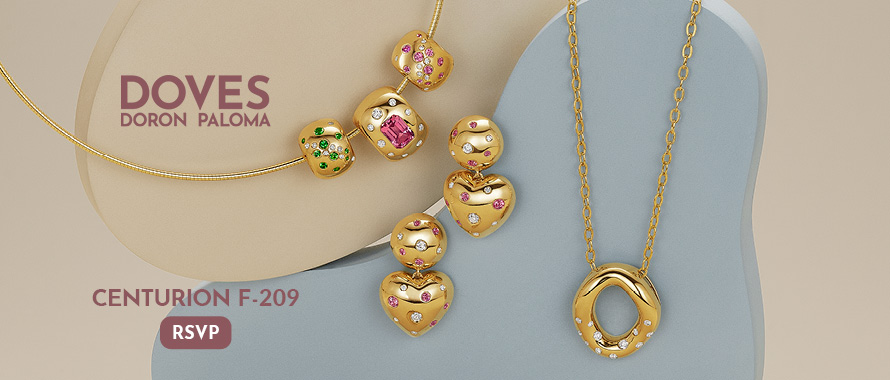Sales Strategy
Editorial: Is Motivation Better By Carrot Or Stick? Harvard Business Review Says Neither | March 31, 2021 (0 comments)

Boston, MA—Business leaders typically rely on either the carrot or stick method; i.e. a reward for good performance or a consequence for less-than-stellar performance, to motivate employees. But this article in the Harvard Business Review suggests there’s a better way: instead of pushing employees to do great work, focus on making them feel great about their work.
Although the HBR article is not specifically focused on any one industry, as I read it, it struck me just how perfectly aligned the concept is for selling jewelry.
Author Lisa Lai says that part of the motivation process is for the leader to share context and provide relevance, because “there’s no stronger motivation for employees than an understanding that their work matters and is relevant to someone or something other than a financial statement.”
I certainly don’t have to tell you that jewelry is an emotional purchase, whether it’s a bridal couple, a celebration of a life milestone, or having a beloved family heirloom repaired or reset. In that regard, the sales associate’s work matters very much and is highly relevant to that aspect of the customer’s life. Sales associates whose primary goal is to make a customer feel really happy, rather than hitting a particular number goal, are naturally going to end up making a lot more sales in the process.
Lai also says leaders should enable employee success by anticipating and removing roadblocks. Challenges can materially impact motivation, she writes, so it’s incumbent on the leader to remove as many obstacles and burdens as possible.
Looking at this from the jewelry industry perspective, some obstacles obviously are unavoidable. For instance, you can’t get around the fact that expensive jewelry has to be kept under lock and key, and that can be intimidating to customers. But are there any other burdensome or outdated requirements you can streamline or eliminate without risking security or safety? Example: in a text-centric world, do you have a no-cellphone-on-the-floor rule? Maybe it keeps associates from chatting with friends on the clock, but it also could make it hard for them to respond to customers immediately. Or if you’re trying to build a following with Millennials, do you still require your staff to wear suits and pantyhose, both of which pretty much scream Boomer? Maybe it’s time to revisit such policies.
Lai says never underestimate the power of acknowledgment to bring forth employees’ best efforts. Milestones achieved, exceptional results realized, an effort above and beyond, all need to be acknowledged, she writes.
Her advice reminds me of one of my retail jeweler friends who will celebrate pretty much anything. Even the sun shining in the window just so will get a “yay sun!” and quick applause. You can be sure that when one of the team makes a great sale or helps a teammate, there’s a quick “gather round” and a whole lot of cheering and clapping. In under two minutes, the entire atmosphere of the store gets a pick-me-up. And you can bet the employees all want to be the next one who gets celebrated.
Finally, says Lai, examine your own motivation. “Employees are very attuned to whether leaders have a genuine connection to the work,” she writes.
While it’s a fair to say that most jewelers absolutely love their work, even the most committed leader has days when they’re just not feeling it. When that happens, Lai suggests thinking about the aspects of the role you enjoy, what makes you proud to lead your team, and what impact you and your team have on others inside and outside the organization.
Top image: Pexels for Pixabay






